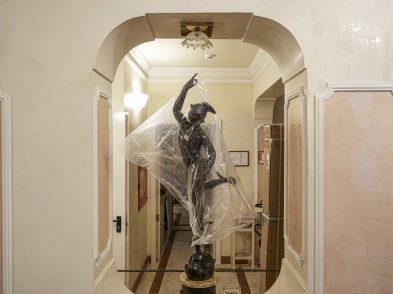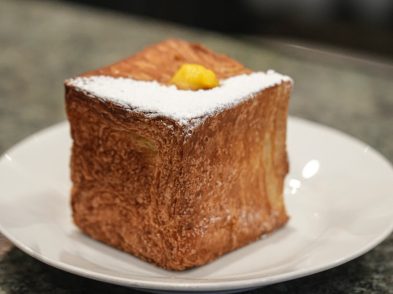Da Burde has been serving the via Pistoiese community on the west side of Florence since 1901. Lined with the finest Champagne and Italian wines, the oxymoron of this establishment is that milk, bread and cheese are just as much in demand by locals. Chef-patron Paolo Gori talks about his family’s century-old business and pandemic pivoting.
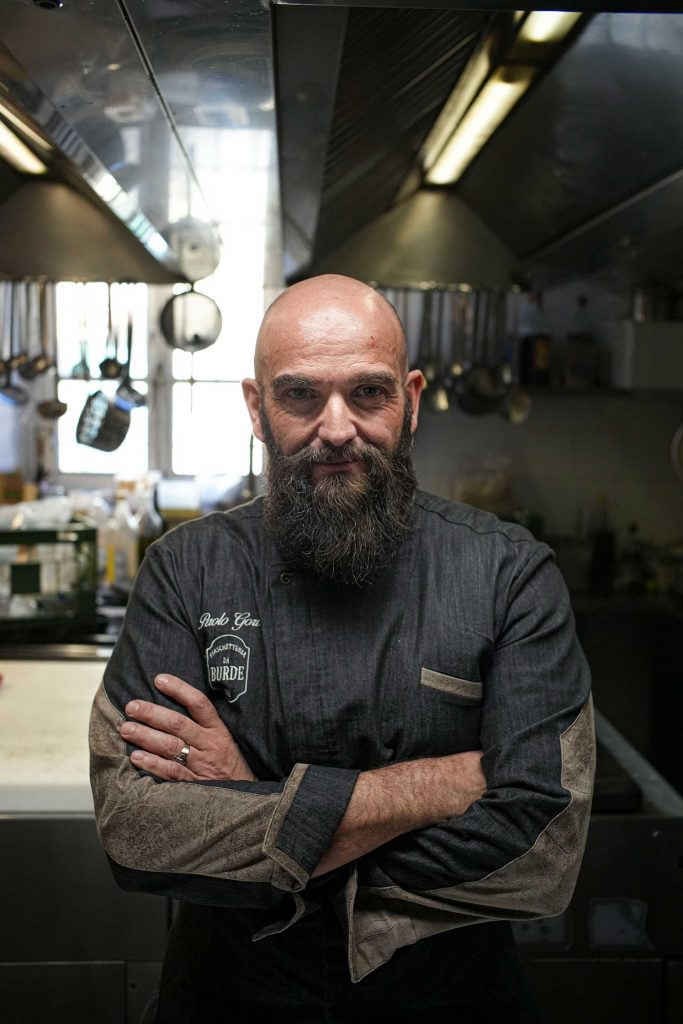
The food at Da Burde, at trattorias in general, is home cooking that’s slightly out of hand.
How did you come up with the idea for a range of sauces and condiments with Savini Tartufi?
For a while, we’d been wanting to do something to take our flavours outside the trattoria. With the pandemic, we had time on our hands and our relationship with Savini meant that we also had the methods to do it. Cooking from a jar isn’t the same thing as cooking from scratch obviously and what’s essential has been to convey the same atmosphere as the trattoria. You don’t eat at Da Burde just because our ribollita’s good; you come for the atmosphere and to meet other people.
So, the Da Burde brand works?
The response to our sauces has been very good, especially outside of Italy. What works is that these are Tuscan products full of history because Tuscany is famous for its food culture rather than for specific recipes. If people ask what Tuscany’s star dishes are, the answer’s invariably bistecca, but the others involve fumbling around in the dark. Other Italian cities and regions have more representative dishes.
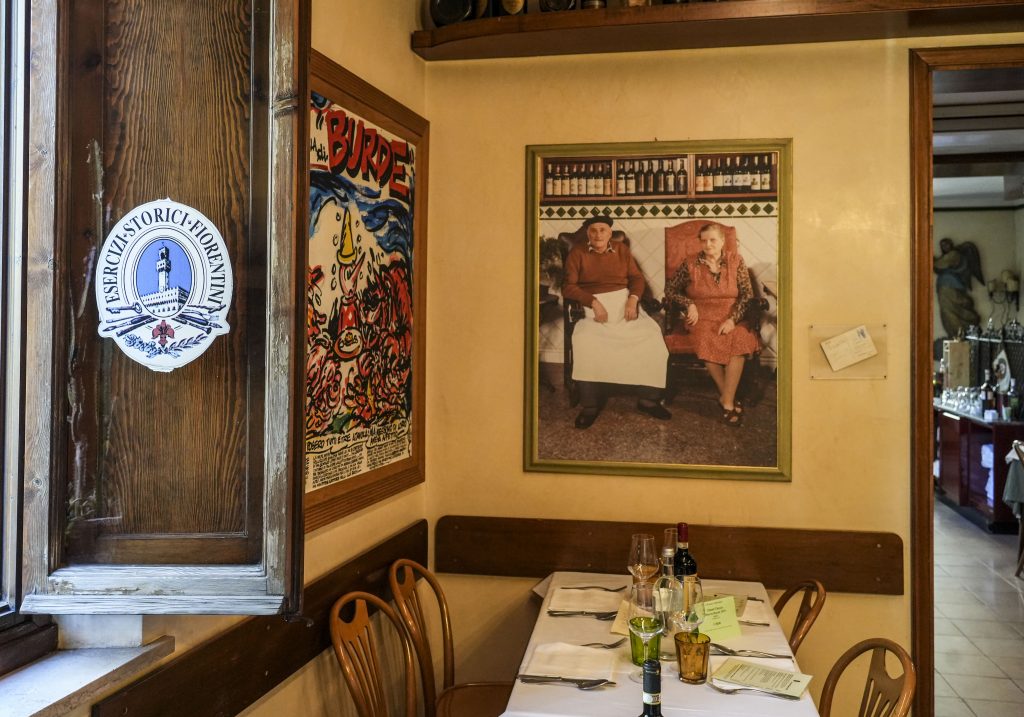
Your Burdelivery was pioneering during the pandemic…
The fact that we’re also a grocery store and a coffee shop meant that we never closed, so unlike others we were able to start food deliveries straightaway. We put together food boxes that people cooked at home! You didn’t just open them and sit down to eat immediately. There were menus for two, from antipasto to dessert, but you had to cook the pasta yourself. During lockdowns, on Saturdays we managed to make the same money as usual.
Did the delivery service generate new customers?
Yes, we had new customers, but the majority were regulars who often eat at Da Burde. Our everyday customers are different to the ones who come for our Friday night and Saturday lunch tasting menus. It’s a different story for foreigners who eat here: we don’t always have a written menu, tourists sometimes struggle a little, and certain dishes have traditional names that don’t always state what the ingredients are.
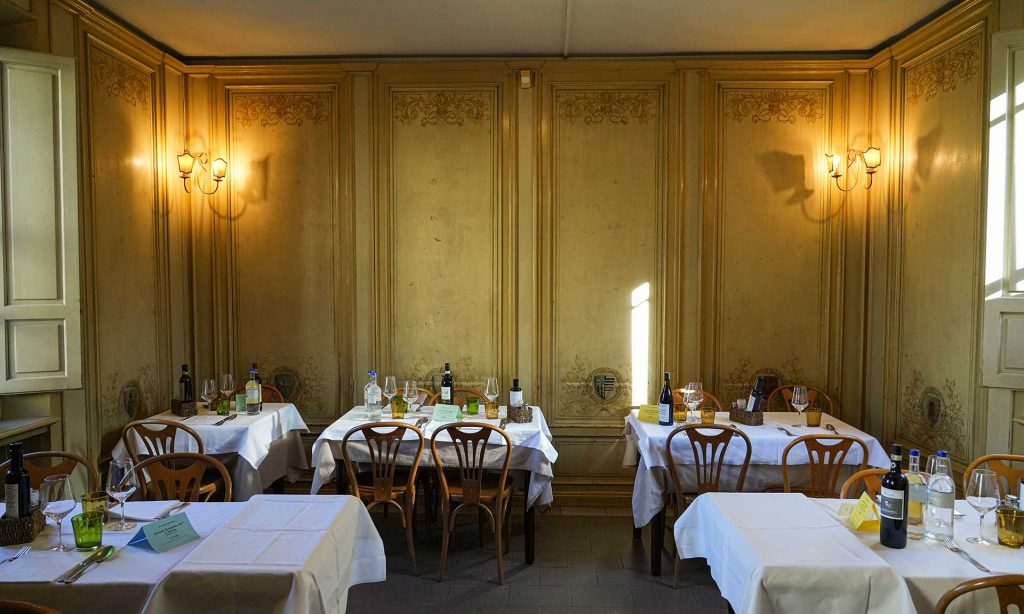
So, traditional recipes, but also variations on a theme for your wine tasting menus?
The food at Da Burde, at trattorias in general, is home cooking that’s slightly out of hand. This place was created to be an extension of the household and then tables were added, where people ate in twos or fours, then 20. With my grandma, we reached 130 covers. There’s no standardizing. The menu’s not set in stone: it changes based on whatever we find that’s good. We rotate about a hundred dishes. My mission is to let people taste the traditions that have been passed down to us, dishes that are based on quality ingredients we seek out. We try to follow certain trends, so less fat and less salt, but always generous portions. Then on Friday nights, for my brother Andrea’s tasting dinners, I cook dishes, sometimes totally new ones, which are inspired by where the wines come from and which pair with the wines that we serve.
You recently celebrated your 120th anniversary. How has Da Burde changed over time?
It’s hard to survive as a trattoria today because of the style of food that we serve (mostly meat-based) and because our recipes require long cooking times. All this means that this intermediate level of cooking is no longer economically sustainable. The trattoria is a stronghold of traditional dishes, but you can’t put the prices up too much because we serve everyday food. The risk is that traditional dishes become party food. Social media allows us to position and consider trattorias as a place that’s all about the interaction with the chef and the owners. My grandma slept above the shop and all the family life happened in the trattoria: special occasions, squabbles… She watched television with her customers and lived 24 hours a day like on social media without filters. Da Burde was perhaps one of the first trattorias to embrace social media, a YouTube channel, but one that’s entirely true that we manage as the hosts.
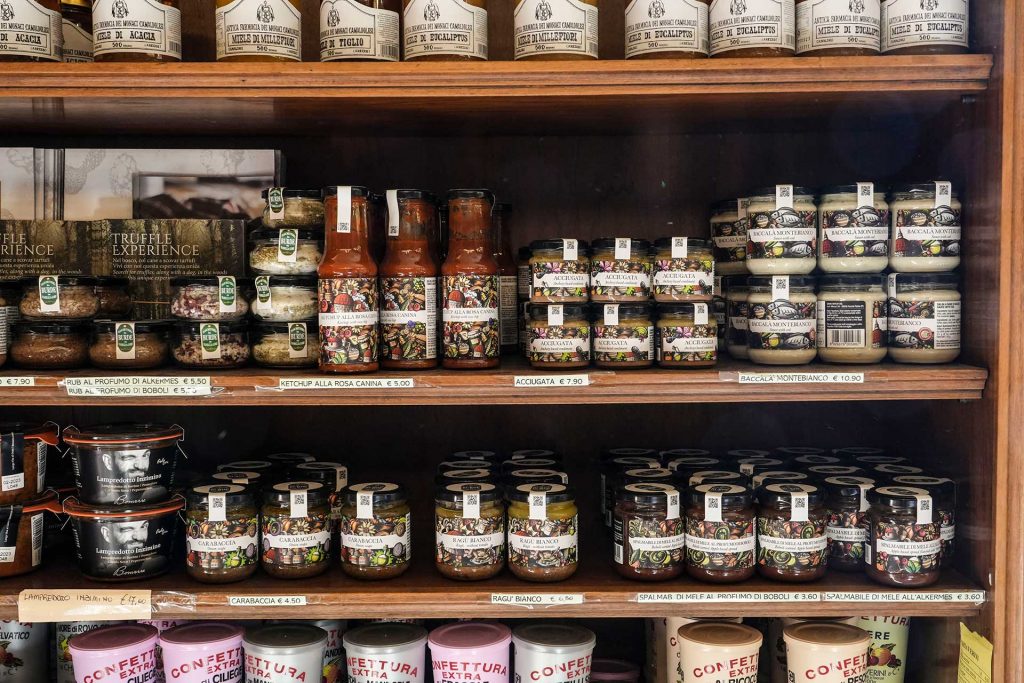
You’re at home here, but are you happy to cook elsewhere?
I’m all for democratic cooking. Everyone should be able to eat good food and I’m always up for a bit of fun, cooking in different places. If asked, I’m just as happy cooking at the village hall as at the Four Seasons!


